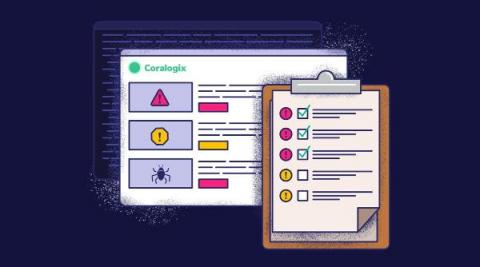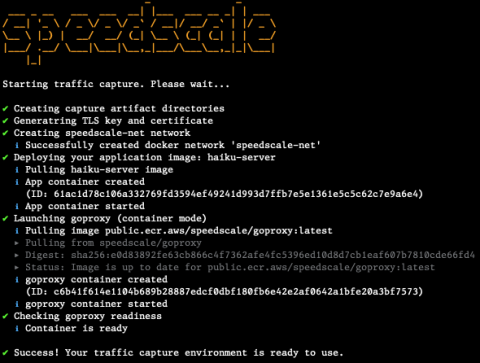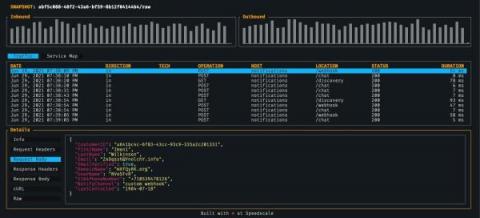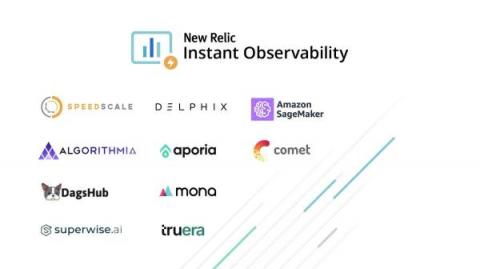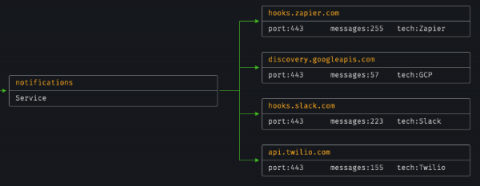A Developer's Guide to Continuous Performance Testing
One of the most important phrases of DevOps practices is “Test early, test often.” It’s crucial to perform functional testing early with unit tests and integration tests. But it’s equally important to perform non-functional testing. That means you should have performance tests. As markets become more saturated with each passing day, you no longer have the luxury to postpone performance testing until all features are developed.




